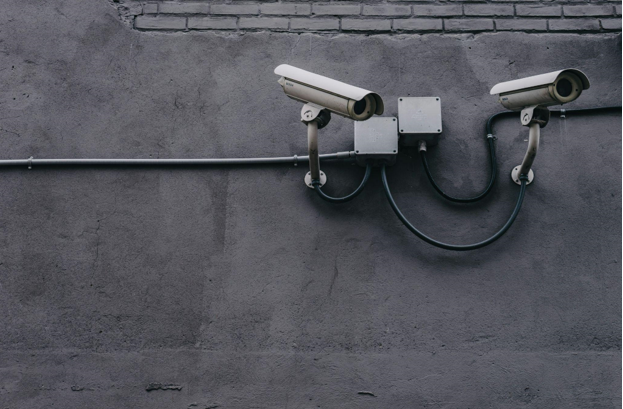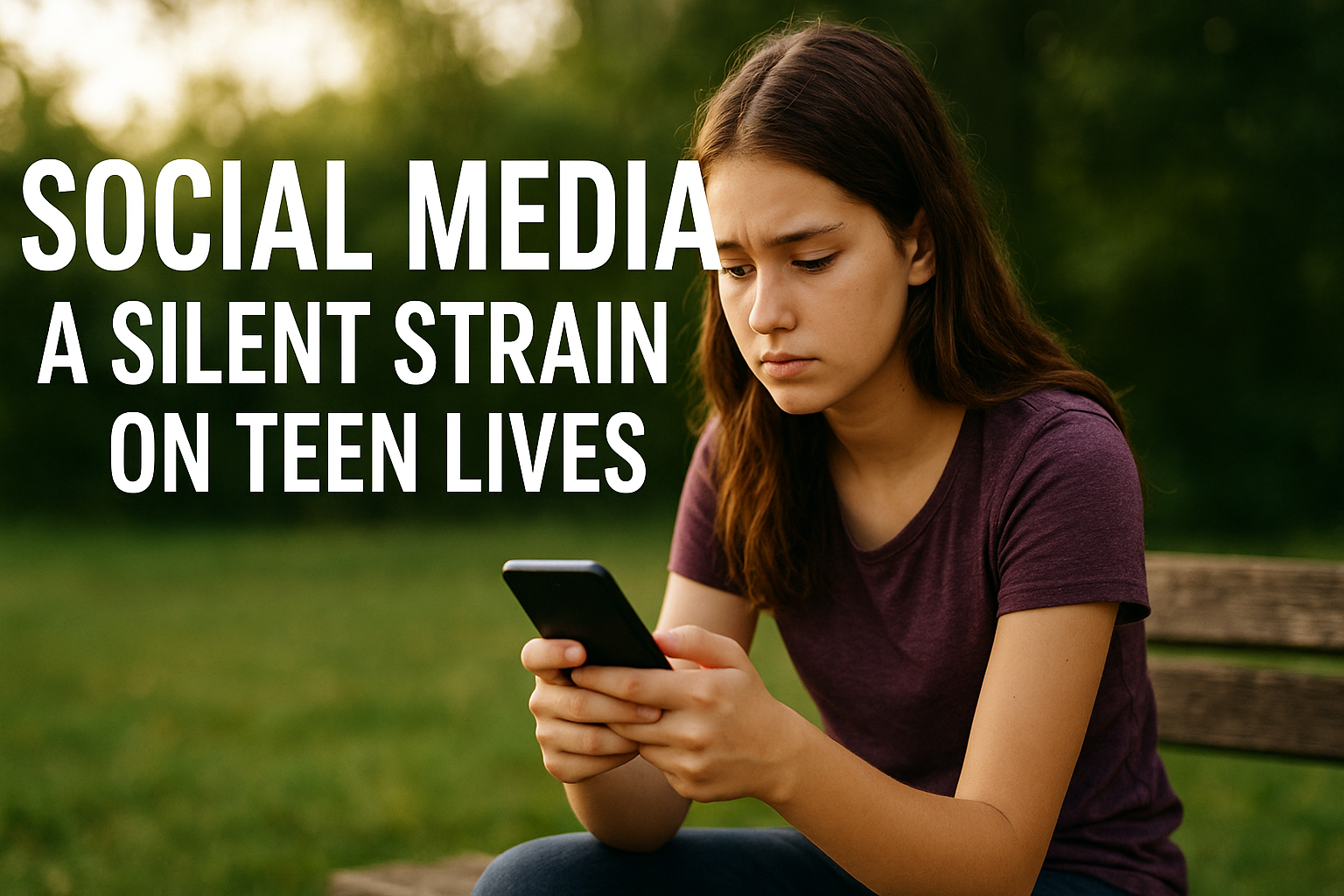Digital Citizen Corner
Navigating the Digital Minefield: Protecting Your Privacy in a Connected World

In our digitally driven world, technology is deeply intertwined with our daily lives, presenting constant threats to our privacy. From the devices we depend on to the public spaces we traverse, the digital landscape poses significant challenges to our personal information security. These include the following problems and possible solutions:
- Threats in Public Spaces and Surveillance:
Today security cameras are almost everywhere. They monitor our movements in public areas including in stores, transit buses, and GO trains. While intended to enhance safety, their pervasive presence raises concerns about mass surveillance and privacy infringement, eroding our sense of anonymity and raising questions about the balance between security and individual privacy rights.
Public Wi-Fi networks, a common convenience in public spaces, come with added risks. Hackers and scammers exploit insecure connections to engage in social engineering tactics, duping users into divulging sensitive information. This can result in identity theft, financial fraud, or unauthorized access to personal accounts.
2. Parental Monitoring and Children’s Privacy:
Parents increasingly rely on digital gadgets like GPS-enabled smartwatches and live video baby monitors to supervise their children, seeking a sense of security. However, these tools jeopardize children’s privacy and autonomy. Baby monitors, in particular, collect extensive data, including audio and video recordings, with unclear storage and usage policies.
Sharing children’s photos and personal information on social media without consent can have lasting repercussions. Parents commonly share photos and updates about their children, sometimes even before birth, unknowingly creating digital footprints that may impact future privacy and security. Some children opt to self-censor or abstain from sharing details online due to experiences where shared content was used against them by peers.
3. Protecting Your Privacy: Essential Tips
To safeguard our private information and regain control of our digital lives, proactive steps are essential:
- Customize privacy settings on devices and apps to disable unnecessary permissions and limit access to sensitive data.
- Encrypt devices and use virtual private networks (VPNs) when accessing public Wi-Fi to secure data transmissions and protect against eavesdropping.
- Utilize strong, unique passwords for online accounts and consider using a password manager for enhanced security.
- Stay informed about privacy issues and developments in data privacy and security to make informed decisions.
- Exercise caution when downloading and using apps, reviewing privacy policies, and opting for alternatives prioritizing user privacy and security.
4. Practice Digital Detox:
- Taking regular breaks from screens and digital devices is crucial for reducing digital stress and promoting mental well-being, especially for children. Continuous screen exposure can lead to digital fatigue, affecting concentration and sleep patterns.
- For children, balancing screen time with physical activities like outdoor play, sports, or creative hobbies is essential for healthy development. These activities stimulate physical and cognitive growth and encourage social interaction, creativity, and problem-solving skills, fostering a balanced relationship between the virtual and real worlds.
5. Safe Applications for Sharing Photos:
- Consider using secure platforms like Google Photos, iCloud Photo Sharing, or private family photo-sharing apps with enhanced privacy controls. By incorporating encryption and safe photo-sharing practices, parents can protect their children’s privacy while enjoying the benefits of sharing family moments responsibly.
In conclusion, safeguarding privacy in today’s digital age requires vigilance, awareness, and proactive measures. By respecting privacy rights, staying informed, adopting healthy digital habits, and utilizing secure technologies, we can protect our personal information and preserve mental well-being online, reclaiming control over our digital identities in an increasingly connected world.
This article was written by Bryan Kaye Senfuma, Digital Human Rights Defender, Digital Security Subject Matter Expert, Photographer, Writer and Community Advocate. You can email Bryan at: bryantravolla@gmail.com



